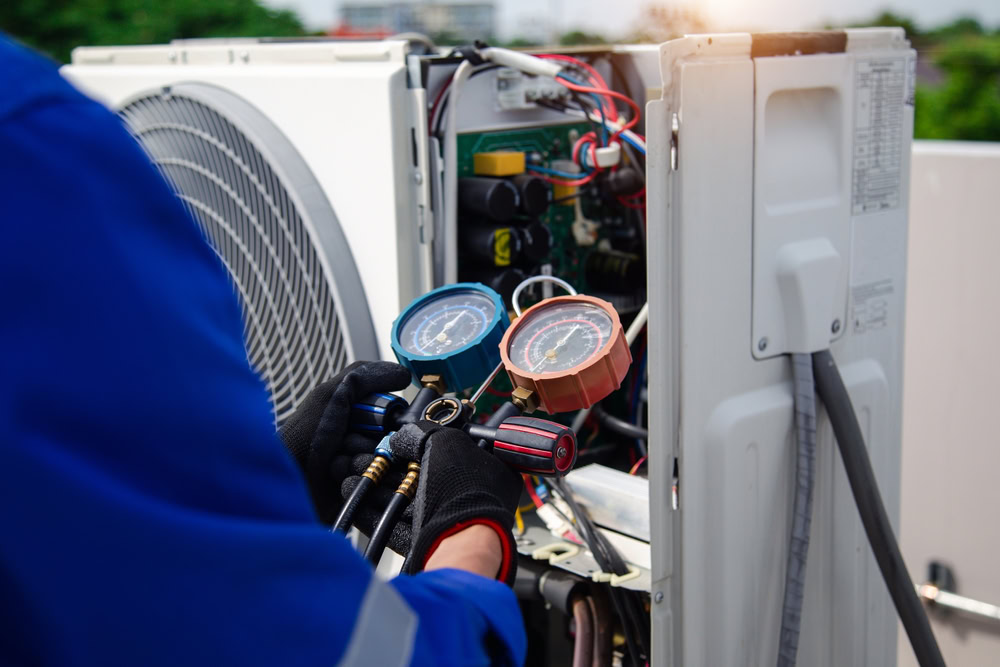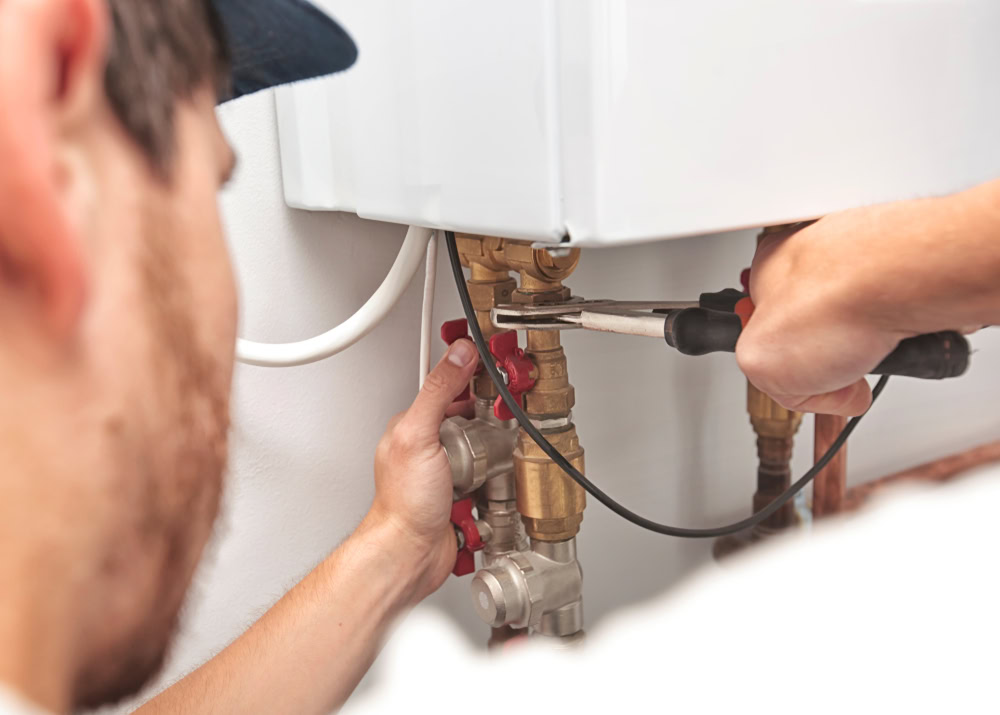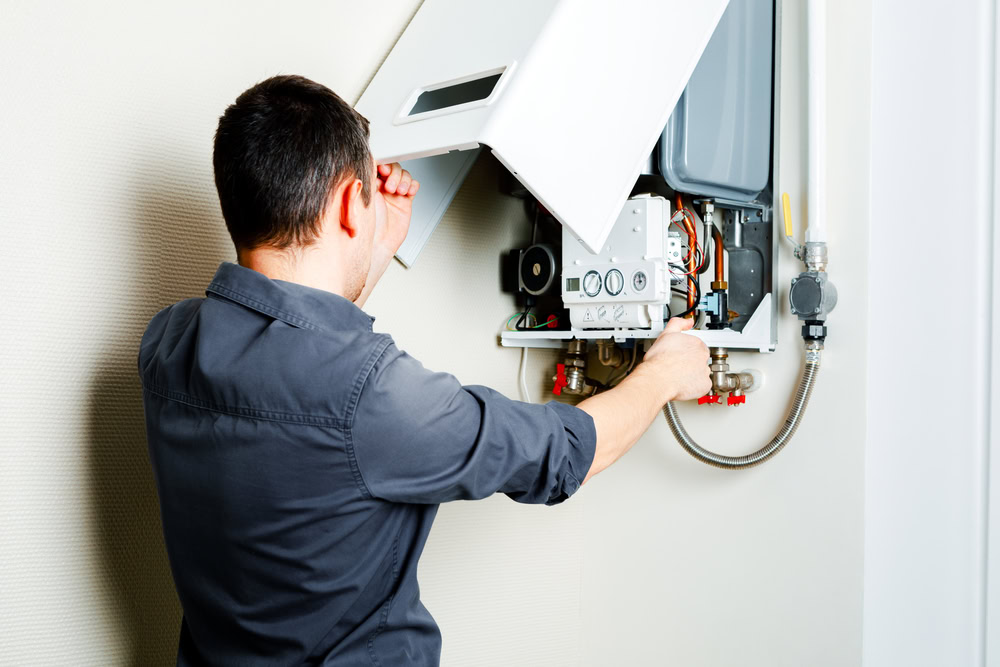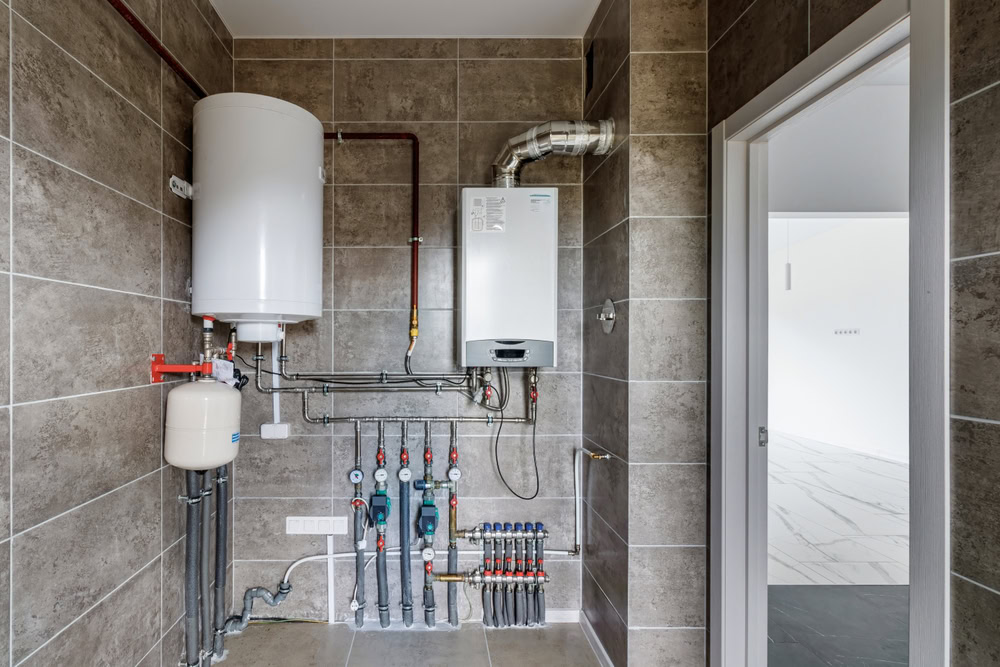Summary:
Identifying Common AC Problems for Clear Communication
Before you call for an AC repair, take a moment to observe what your cooling system is doing, or not doing. Common signs of trouble include the unit not turning on, blowing air that isn’t cold, making strange noises, or cycling on and off too frequently. You might notice water pooling near the indoor unit, which could indicate a clogged condensate drain – a problem that, if ignored, might lead to water damage costing $500 or more to fix. Are there unusual smells, like a musty odor suggesting microbial growth, or a burnt smell which signals a more urgent issue? Has your energy bill unexpectedly climbed by 20-30%? This often means your system is struggling. Recognizing these specific symptoms allows you to provide a clear picture to the technician. For instance, explaining that “the AC runs, but the air from the vents is only slightly cool, and this started three days ago” is far more helpful than just saying “it’s not working.” This level of detail helps the technician performing your air conditioning repair to form initial theories and prepare accordingly.
Describing Noises: What Your AC Might Be Telling You
Different noises from your air conditioning system can point to different types of malfunctions. If you hear a loud banging, it could signify a loose or broken component within the compressor, such as a connecting rod. A rattling sound might be due to loose casing, debris in the outdoor unit, or failing motor bearings; note if it is constant or happens only when the unit starts. Squealing often points to problems with motor bearings or a belt in older systems. A clicking sound when the unit attempts to start, but fails, can suggest an electrical control issue, distinct from the normal clicking of relays. A louder-than-usual humming or buzzing may indicate a failing capacitor or motor problems. Describing the specific sound – for example, “a high-pitched whine that begins about five minutes after the AC turns on and is constant” – helps the technician anticipate if they need specific motor parts for a central AC repair, or components suited for a mini-split AC repair or ductless AC repair in your Nassau County home.
Communicating Cooling Inefficiencies and Airflow Issues
When your air conditioner isn’t cooling your home effectively, providing specific details about the temperature and airflow is very useful. Is one part of your Queens residence significantly warmer than another, or is the entire house failing to reach the set temperature? Can you quantify it – for instance, “the thermostat is set to 72°F, but the living room only gets down to 78°F after running for two hours”? Note any changes in airflow from the vents. Is the flow weak from all vents, or just in particular rooms? Is the air warm, or just not as cold as it should be? Did this problem appear suddenly, or has it been a gradual decline in performance over several weeks? Details like “the airflow from the upstairs vents is very weak, while downstairs is fine” can help a technician determine if the issue is with ductwork, a zone damper, or the main unit itself, guiding them towards an effective cooling system repair instead of a generic inspection. Addressing these inefficiencies promptly can also prevent more significant component wear, which could otherwise necessitate a full air conditioner replacement sooner than expected. Good AC maintenance practices can often prevent such scenarios.
Providing Detailed Context to Technicians for a Smoother Service
When you contact Excellent Air Conditioning and Heating Service, offering a detailed history of your AC system can be incredibly valuable for an accurate diagnosis. Inform the technician about the age of your unit; an air conditioner over 10-15 years old might encounter different issues compared to a newer model. What is its maintenance history? Knowing when its last AC service or air conditioner service occurred can provide important clues. For example, if it was recently serviced and issues began shortly after, that’s relevant information. Mention any recent work on the system, such as a new AC installation, a complete air conditioner installation, or even a smart thermostat installation, as these changes might coincide with the onset of problems. If your system has had previous repairs, especially an emergency AC repair, describe what was fixed and if the current symptoms are similar. This background prevents redundant diagnostic steps, potentially reducing the technician’s on-site diagnostic time by up to 25%. This comprehensive context aids in determining if a repair is the best course or if discussions about an air conditioner replacement are more appropriate.
The Value of Timely AC Service and Maintenance
Addressing AC concerns promptly through regular AC service is important for preventing small issues from becoming large, costly problems. For example, a minor refrigerant leak, if not addressed, doesn’t just reduce cooling; it can cause your system’s compressor to work harder, overheat, and eventually fail – a repair that can cost $1,500-$2,500. Catching that same leak early during routine AC maintenance might only involve a repair and refrigerant recharge, costing significantly less. Think of it like a small chip in a windshield; fixing it early prevents a large crack requiring full replacement. Regular air conditioner maintenance, which includes tasks like cleaning evaporator and condenser coils with specialized brushes and solutions, checking refrigerant pressure with calibrated gauges, inspecting electrical connections for tightness and corrosion, and lubricating moving parts, can improve your system’s operating efficiency by up to 15%. This not only saves you money on monthly energy bills but can also extend the operational life of your unit by several years, postponing the need for an emergency AC repair.
The Role of Professional HVAC Repair for Your System's Health
While some minor tasks like changing an air filter are manageable for homeowners, most AC issues call for professional HVAC repair. Technicians possess the specialized tools, such as refrigerant manifold gauges, combustion analyzers, and multimeters, and the training to diagnose and fix complex cooling systems without causing further damage or creating safety hazards. Working with refrigerants and high-voltage electrical components carries risks that trained professionals are equipped to handle. Technicians from Excellent Air Conditioning and Heating Service undergo thorough training to understand the intricate workings of various AC systems, from common central AC repair in spacious Nassau County houses, to the specifics of mini-split AC repair for targeted room cooling, and ductless AC repair often found in older Queens homes or additions. They utilize a systematic diagnostic approach, checking pressures, temperatures, airflow, and electrical readings to accurately identify the root cause of a problem, obtaining the correct parts for a lasting solution.
Achieving Efficient AC Repairs in Nassau County & Queens Through Clear Communication
When you can accurately describe your AC’s symptoms to your technician, you play a significant part in achieving a swift and effective resolution. By identifying specific behaviors, providing detailed historical context, and recognizing the benefits of timely AC service, you help the technician diagnose the issue more quickly and accurately. This collaborative approach can lead to faster relief from the heat in your Nassau County or Queens home and may reduce overall repair costs by minimizing diagnostic time and preventing the need for follow-up visits. If you are currently dealing with issues with your air conditioning, whether you suspect you need routine air conditioner service, a more complex cooling system repair, or even advice on a new AC installation or air conditioner installation, including smart thermostat installation, reach out to Excellent Air Conditioning and Heating Service. Your clear description of the problem will help our skilled technicians restore your home’s comfort efficiently.





